Best Seasons for Roofing Services
Determining the optimal time for roofing service depends on weather conditions, temperature, and seasonal factors. Typically, mild weather with minimal precipitation and stable temperatures provides the best environment for roofing projects. This ensures safety, quality workmanship, and timely completion.
Spring offers moderate temperatures and longer daylight hours, making it suitable for roofing repairs and installations.
Summer provides warm weather, but high temperatures and storms can pose challenges. Early summer is ideal for roofing work.
Fall is often considered the best season for roofing, with cooler temperatures and less rain, allowing for efficient work.
Winter is generally less suitable due to cold temperatures, snow, and ice, which can hinder roofing activities and affect quality.
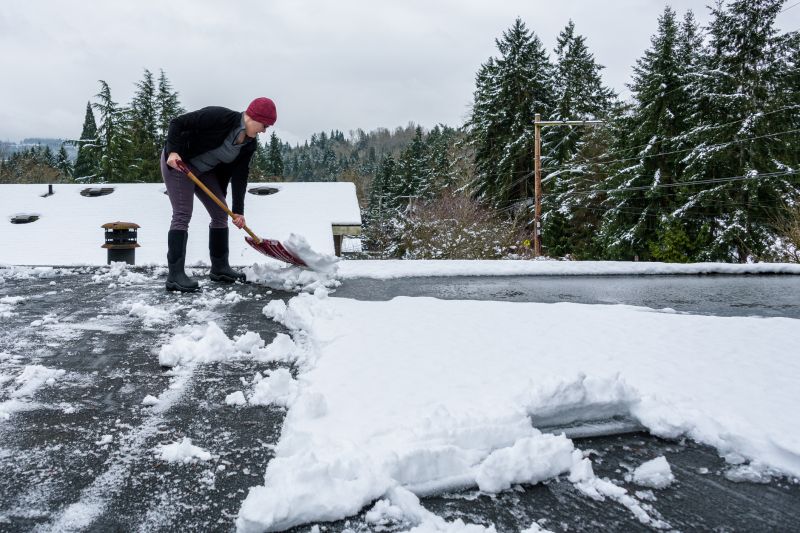
Ways to make Roofing Service work in tight or awkward layouts.
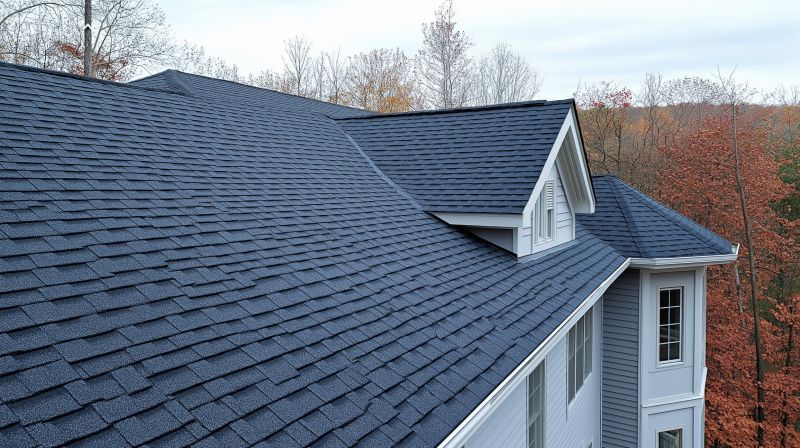
Popular materials for Roofing Service and why they hold up over time.

Simple add-ons that improve Roofing Service without blowing the budget.
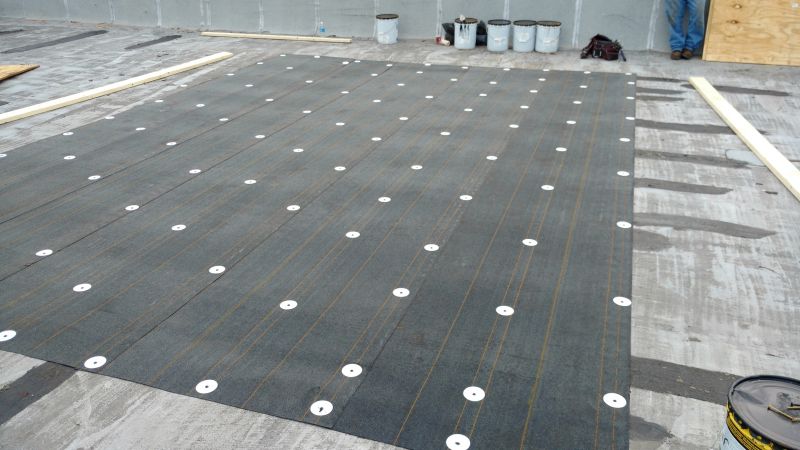
High-end options that actually feel worth it for Roofing Service.
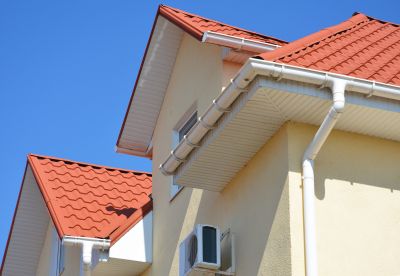
Finishes and colors that play nicely with Roofing Service.

Little measurements that prevent headaches on Roofing Service day.
| Season | Ideal Conditions |
|---|---|
| Spring | Moderate temperatures, minimal storms |
| Summer | Warm weather, early summer preferred |
| Fall | Cool temperatures, dry conditions |
| Winter | Cold, snow, and ice conditions |
Roofing service involves comprehensive assessment, repair, and installation of roofing systems. Proper timing ensures durability, safety, and quality results. Seasonal considerations influence material selection and work schedules, impacting project outcomes and longevity.
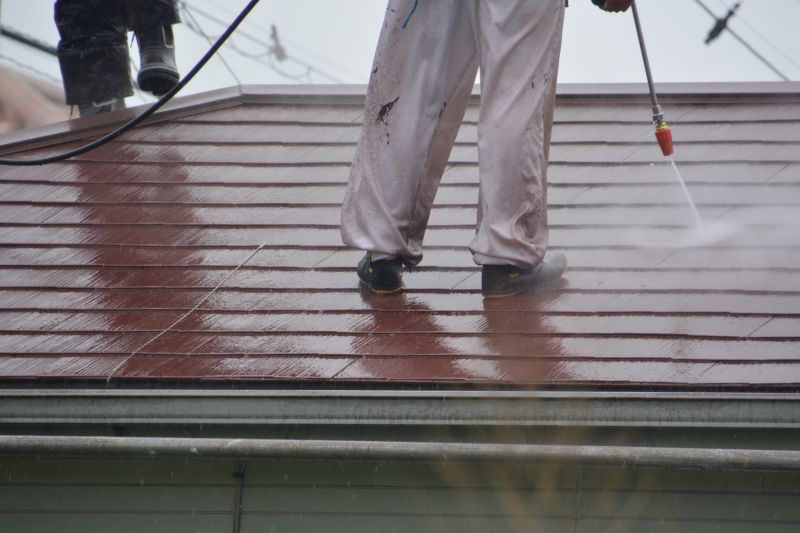
A 60-second routine that keeps Roofing Service looking new.
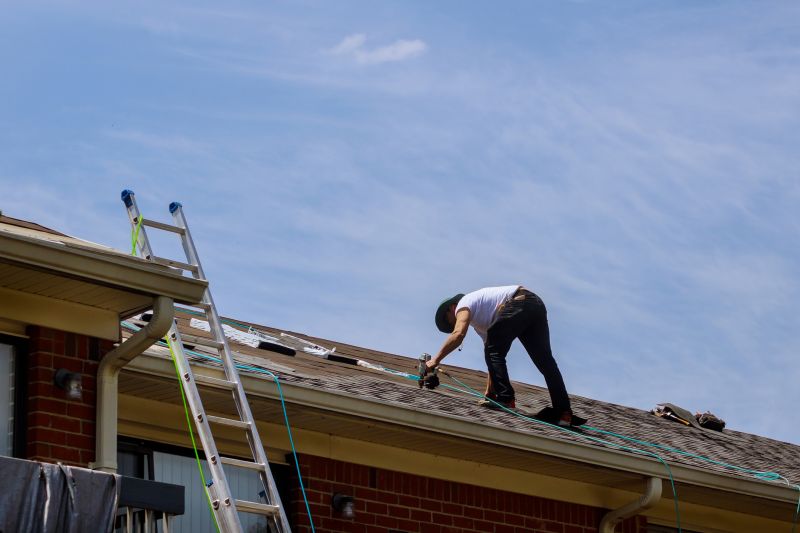
A frequent mistake in Roofing Service and how to dodge it.

Small tweaks to make Roofing Service safer and easier to use.

Lower-waste or water-saving choices for Roofing Service.
Scheduling roofing services during optimal seasons can reduce risks associated with weather disruptions. Proper planning ensures materials are available, and work can be completed efficiently, minimizing delays and additional costs.
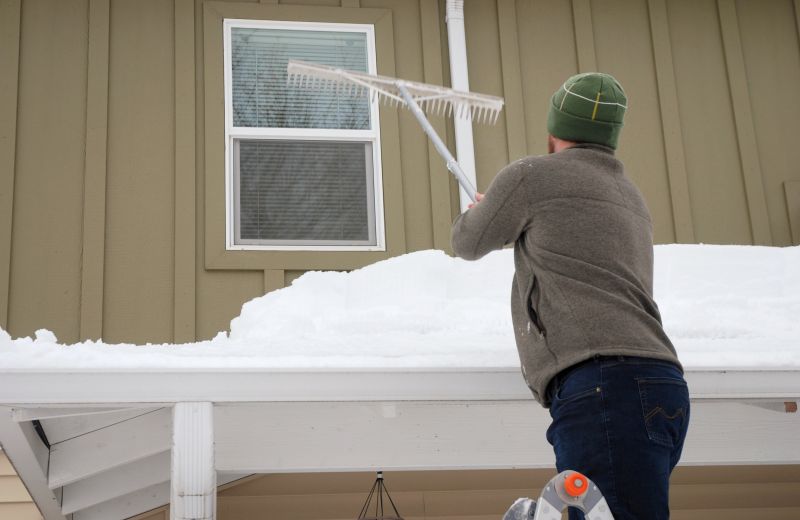
The short, realistic tool list for quality Roofing Service.
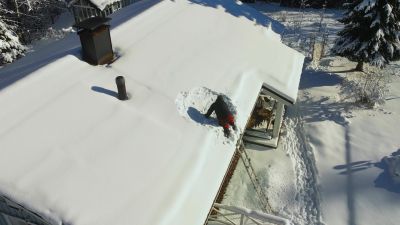
Rough timing from prep to clean-up for Roofing Service.

Quick checks and paperwork to keep after Roofing Service.
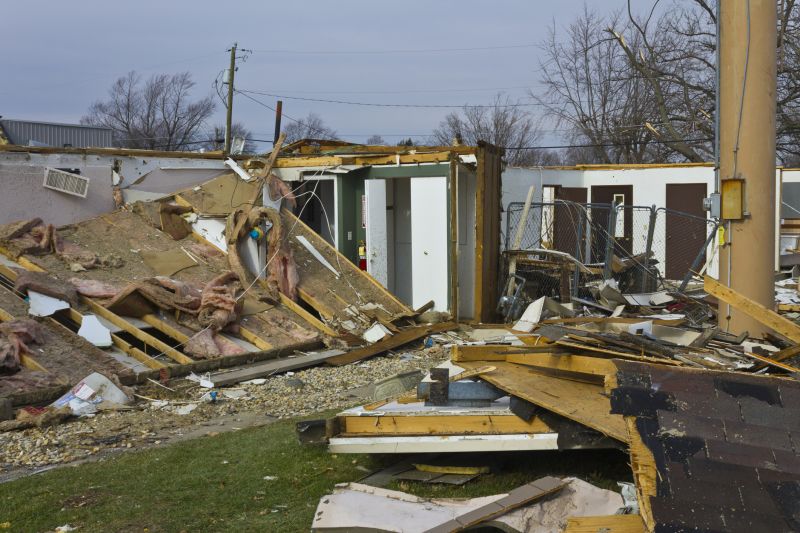
Examples that show the impact a good Roofing Service can make.
Fall is generally considered the optimal season due to favorable weather conditions and lower chances of disruptions.
Weather impacts safety, material performance, and work quality. Extreme conditions can cause delays and compromise durability.
Roofing can be performed throughout the year, but optimal conditions are during mild seasons like spring and fall.
Winter roofing risks include ice formation, snow accumulation, and low temperatures that hinder adhesive and sealant performance.
For those interested in scheduling roofing services, filling out the contact form provides an opportunity to discuss project timing and requirements. Proper scheduling can lead to better results and longer-lasting roofs.

